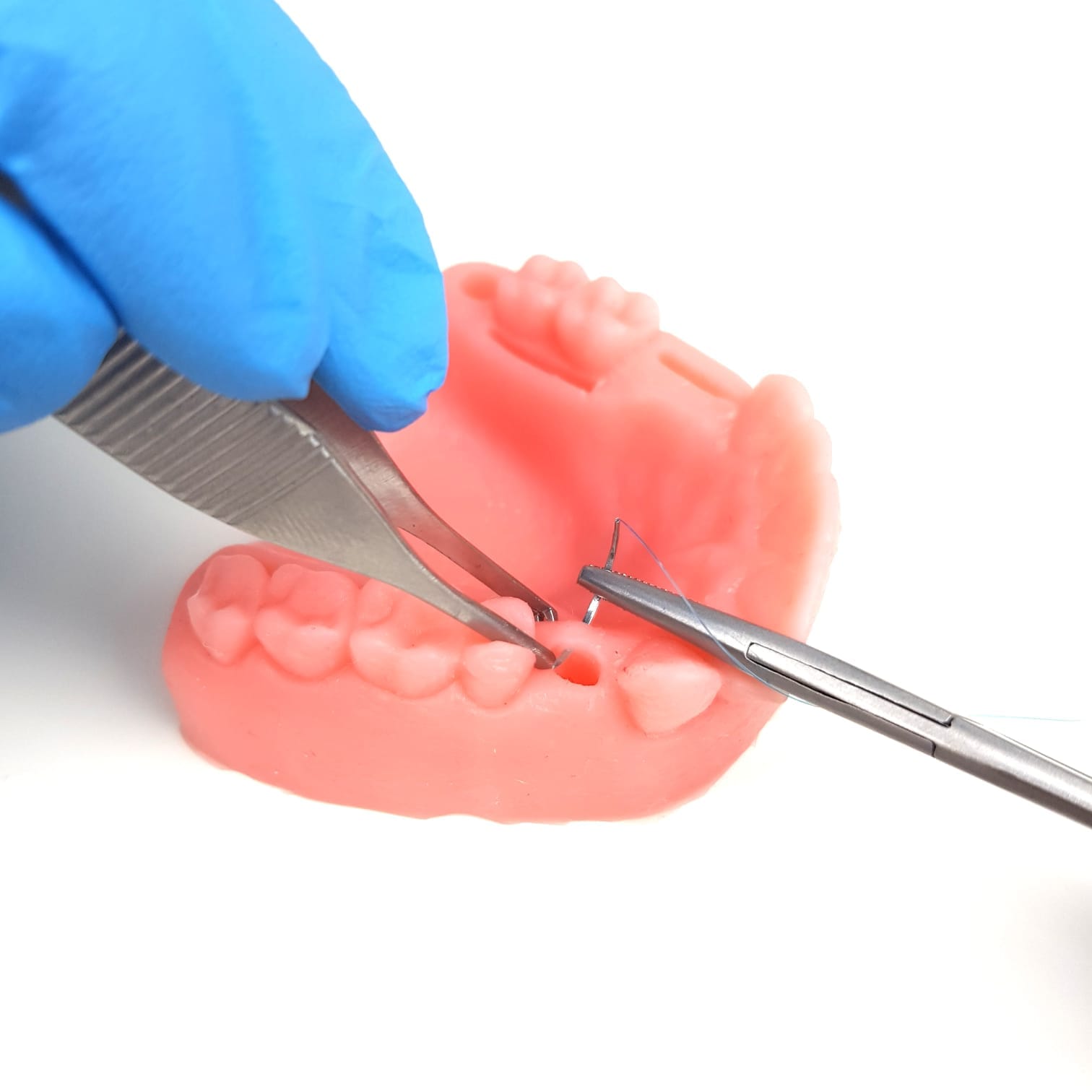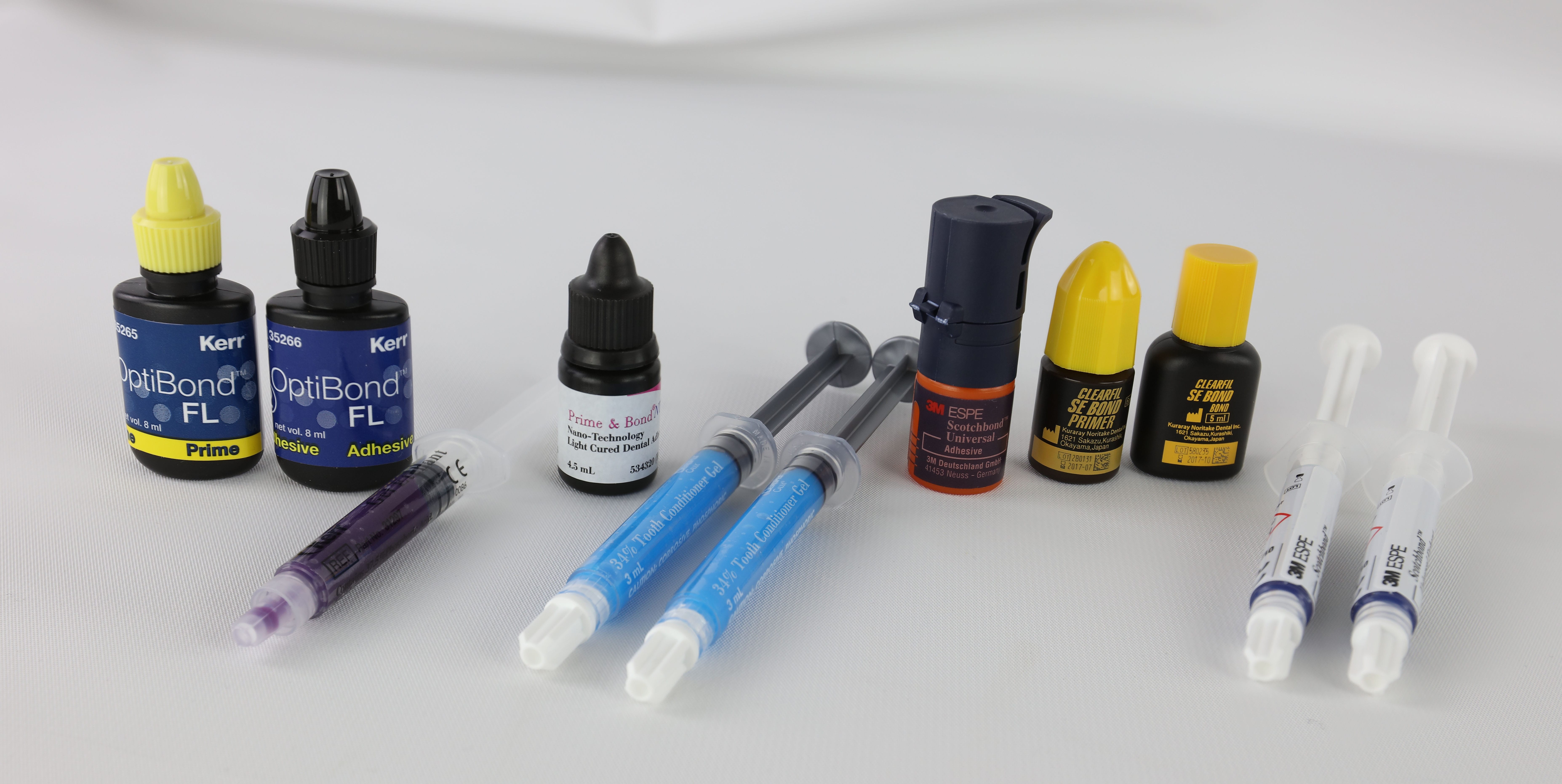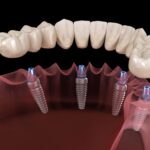In the dynamic field of dentistry, selecting the right instruments is essential for delivering exceptional patient care. Among these vital tools, dental burs play a crucial role in various procedures, from routine cleanings to complex restorations. This comprehensive guide will navigate you through the intricacies of choosing high-quality dental burs, highlight top suppliers, and offer expert insights to enhance your practice.
Understanding Dental Burs: The Backbone of Dental Procedures
Dental burs are rotary cutting instruments used to remove decay, shape tooth structure, and finish restorations. Their significance in dental procedures cannot be overstated; the quality of the bur directly impacts the precision and efficiency of treatments.
Key Components of Dental Burs
- Head: The cutting portion of the bur, available in various shapes and sizes.
- Neck: Connects the head to the shaft.
- Shaft: The long, narrow part that fits into the handpiece.
Materials Matter: Tungsten Carbide vs. Diamond Burs
Tungsten Carbide Burs:
- Known for durability and long lifespan.
- Ideal for cutting through metal and removing old restorations.
- Maintain sharpness over extended use.
Diamond Burs:
- Excellent for precise shaping and finishing.
- Superior for working on porcelain and other hard materials.
- Available in various grit sizes for different applications.
Selecting the Right Dental Bur: Factors to Consider
ISO Numbering System
The International Organization for Standardization (ISO) has established a standardized numbering system for dental burs. Understanding this system is crucial for selecting the appropriate bur for each procedure. For example, an ISO number 014 indicates a bur with a 1.4mm diameter head.
Bur Shapes and Their Applications
Different bur shapes serve specific purposes in dental procedures:
- Round: Ideal for initial cavity preparation and removing decay.
- Pear: Used for creating retention form in cavity preparations.
- Fissure: Perfect for cutting precise angles and creating straight walls.
- Flame: Designed for contouring and finishing composite restorations.
- Inverted Cone: Excellent for creating undercuts and retentive features.
Grit Size and Finishing Requirements
The grit size of diamond burs affects the smoothness of the cut:
- Coarse: Rapid removal of tooth structure.
- Medium: General-purpose cutting and shaping.
- Fine: Smoothing and pre-polishing.
- Ultra-fine: Final polishing and finishing.
Top Dental Bur Suppliers: Quality and Innovation
When it comes to sourcing dental burs, several suppliers stand out due to their commitment to quality and innovation:
- Dentsply Sirona
- A global leader in dental solutions, offering a comprehensive range of high-quality dental burs including carbide, diamond, and endodontic burs.
- Key Features: Precision-engineered for optimal performance, durable construction, wide variety of shapes.
- Kavo Kerr
- Renowned for innovative dental products designed for superior cutting efficiency and patient comfort.
- Noteworthy Products: CeraBur® K1SM (ceramic cutting instrument) and OptiGuard™ (diamond burs with enhanced durability).
- Brasseler USA
- A leading manufacturer known for high-quality dental burs and rotary instruments.
- Signature Lines: EndoSequence® (specialized endodontic burs) and XactContour® (diamond burs).
- Midwest Dental
- Offers a wide range of dental burs known for their sharpness and longevity with options for sterile or non-sterile burs.
- 3M ESPE
- Provides innovative solutions under their Lava and RelyX brands, focusing on precision and durability.
Choosing the Right Supplier: Key Considerations
When selecting a dental bur supplier, consider these factors:
- Product Quality: Opt for suppliers known for consistent high-quality products.
- Range of Options: Choose suppliers offering a wide variety of bur types and sizes.
- Innovation: Look for companies investing in research and development.
- Customer Support: Ensure excellent customer service is provided.
- Pricing and Value: Consider overall value rather than just upfront costs.
Best Practices for Dental Bur Usage and Maintenance
To maximize the lifespan and effectiveness of your dental burs:
- Proper Storage: Store burs in a clean, dry environment to prevent corrosion.
- Regular Inspection: Check burs for signs of wear or damage before each use.
- Correct Speed: Use burs at the manufacturer-recommended speed for optimal performance.
- Sterilization: Follow proper sterilization protocols to prevent cross-contamination.
- Timely Replacement: Replace burs when they show signs of wear to maintain cutting efficiency.
Emerging Trends in Dental Bur Technology
The dental industry is constantly evolving, with new technologies emerging to improve patient care:
- Advanced Coatings: New coatings enhance durability and cutting efficiency.
- Smart Burs: Integration of sensors provides real-time feedback during procedures.
- Eco-friendly Options: Sustainable materials reduce environmental impact.
- Customized Solutions: 3D printing allows tailored burs for specific patient needs or procedures.
Conclusion: Elevating Your Dental Practice with Quality Burs
Selecting the right dental burs is critical to providing high-quality dental care. By understanding various types of burs, considering key selection factors, and choosing reputable suppliers, dental professionals can enhance their efficiency while improving patient outcomes. Remember that investing in quality dental burs transcends immediate costs—it’s about long-term value, patient satisfaction, and overall practice success.
Stay informed about advancements in dental bur technology, regularly reassess your toolkit, and prioritize quality to ensure you’re equipped with the best instruments available. By doing so, you’re not just investing in tools; you’re investing in the future of your practice and the well-being of your patients.











